Summer in Cane Bay, South Carolina, is a time for outdoor enjoyment, but it also presents unique challenges for our pets. The season’s heat can lead to serious health risks such as heatstroke and dehydration. Unlike humans, pets are not equipped to handle high temperatures effectively, making them more susceptible to overheating.
This guide aims to equip pet owners with the knowledge to recognize the signs of heat-related illnesses and adopt preventive measures against common summer hazards like hot pavement, dehydration, and the impact of fireworks. By ensuring the safety and comfort of pets during summer activities, we can enjoy the season together while keeping our beloved companions healthy.
Heat Risks for Pets: Understanding the Danger
Pets have distinct ways of regulating their body temperature compared to humans. Dogs and cats primarily cool themselves through panting, as they only sweat through their paw pads. This makes them particularly vulnerable to heat, especially in areas with high humidity like Cane Bay.
Pets at Higher Risk of Heat-Related Illnesses
- Brachycephalic Breeds: Short-nosed breeds such as Bulldogs, Pugs, and Persian cats have difficulty breathing in hot weather. Read more about how body condition affects thermoregulation in these breeds.
- Overweight Pets: Excess weight can increase body heat retention.
- Senior Pets and Those with Health Conditions: Older pets or those with heart or respiratory issues face greater challenges in regulating body temperature.
Recognizing and Preventing Heatstroke in Pets
Understanding the signs of heatstroke and how to prevent it is crucial for keeping pets safe during the summer.
Signs of Heatstroke
- Early Signs: Look for excessive panting, drooling, restlessness, seeking shade, reluctance to move, and an increased heart rate.
- Severe Symptoms: Warning signs include vomiting, diarrhea, confusion, bright red gums or tongue, weakness, staggering, or seizures, which require immediate medical attention.
If you suspect heatstroke, move your pet to a cool area, provide water, and contact a veterinarian immediately. Learn more about heatstroke in pets.
Heatstroke Prevention Tips
- Ensure your pet has unrestricted access to fresh, cool water.
- Exercise pets during cooler times of the day, such as early morning or late evening.
- Avoid walking on hot pavement and asphalt, which can burn paw pads. Protect your pet’s paws this summer.
- Never leave pets in a parked car, even for a short time. Read heat safety tips for pet owners.
Keeping Pets Cool in Summer
Outdoor Safety Measures
- Create Shade and Cooling Stations: Provide shaded areas in your yard and consider using cooling mats or a kiddie pool for pets that enjoy water.
- Limit Outdoor Time: Keep outdoor activities to a minimum during peak heat hours (10 AM – 4 PM).
- Hydration: Keep pets hydrated with frozen pet-safe treats or electrolyte supplements.
Indoor Cooling Tips
- Use air conditioning or fans to maintain a comfortable indoor temperature.
- Offer cool resting spots such as tile or wood floors.
- Engage pets with mentally stimulating activities to prevent boredom without excessive exercise. Explore summer boredom busters for pets.
Special Considerations for Outdoor Cats
Outdoor cats face additional challenges during the summer months.
- Ensure multiple shaded areas are accessible.
- Provide ample fresh water to prevent dehydration
- Monitor for signs of heat exhaustion, including lethargy and excessive grooming. Get more summer safety tips for outdoor cats.
Holiday and Summer Event Safety for Pets
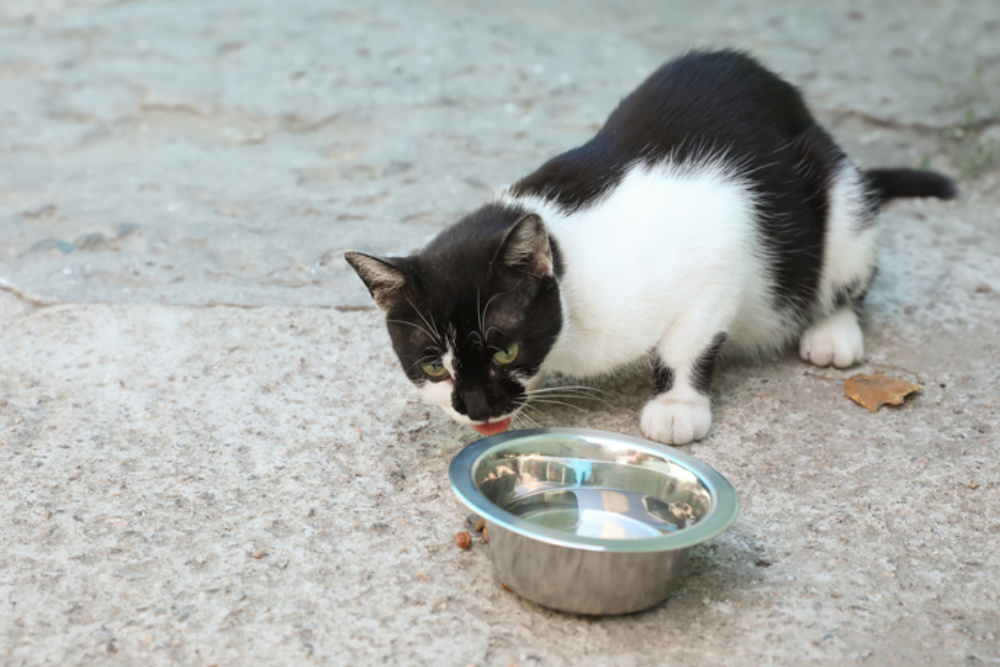
Fireworks and Loud Noises
Fireworks and thunderstorms can cause anxiety in many pets. Keep them indoors in a quiet, secure space during such events. Fear of a loud noise causes many dogs to escape their fences or chew through doors, so be sure they are supervised. Consider calming supplements or anxiety wraps for noise-sensitive pets. Learn about noise aversion in pets.
Fourth of July and Summer Gatherings
- Ensure pets have up-to-date identification and microchips in case they escape.
- Avoid taking pets to fireworks displays or large gatherings. Read July Fourth pet safety tips.
BBQ and Picnic Dangers for Pets
Many barbecue foods pose risks to pets:
- Bones can be a choking hazard and may splinter.
- Onions, garlic, and grapes are toxic to dogs and cats.
- Fatty meats can cause pancreatitis. Keep all food and alcoholic beverages out of pets’ reach. See which barbecue foods are unsafe for pets.
Emergency Heatstroke Response: What to Do
If You Suspect Heatstroke
- Move your pet to a cool, shaded area immediately.
- Offer small amounts of cool (not ice-cold) water.
- Apply damp, cool towels to their paws, belly, and armpits.
- Use a fan or air conditioning to assist with cooling.
- Seek emergency veterinary care immediately. Prevent heatstroke in your pet.
What Happens After Heatstroke: Medical Consequences to Watch For
Even after your pet appears to recover, heatstroke can have serious effects in the hours and days that follow. Organ systems—especially the kidneys, gastrointestinal tract, and brain—may continue to be impacted after body temperature returns to normal.
Potential complications include:
- Kidney failure due to dehydration or tissue damage
- Abnormal clotting and bruising as a result of heat-induced coagulopathy
- Seizures or neurologic changes (disorientation, tremors)
- Gastrointestinal damage, which may lead to continued vomiting, diarrhea, or even bloody stools
- Respiratory distress if the lungs were affected during the overheating episode
Close monitoring and follow-up veterinary care are essential. Bloodwork and hospitalization may be recommended to catch internal complications early—even if your pet seems better.
How Cane Bay Veterinary Clinic Can Help
At Cane Bay Veterinary Clinic, we offer comprehensive services to keep your pets healthy during the summer:
- Emergency Treatment: Our team provides rapid cooling and IV fluid therapy for heatstroke and dehydration.
- Preventative Wellness Exams: Assess your pet’s risk for heat-related issues with a summer wellness check-up.
- Nutritional Counseling: Support your pet’s hydration and weight management through expert guidance.
- Surgical and Medical Care: We handle a range of summer-related injuries with compassionate care.
If your pet is experiencing symptoms of heatstroke, seek immediate care. Contact Cane Bay Veterinary Clinic.
Summertime can be a joyful season for pet owners in Cane Bay, but it also requires vigilance to ensure our pets’ well-being. By taking proactive steps to keep pets hydrated, avoiding peak heat, and providing cooling options, you can protect them from the dangers of summer. Recognizing the early signs of heatstroke is vital and can be life-saving.
Consider scheduling a summer wellness check-up to keep your pet healthy this season. Visit Cane Bay Veterinary Clinic.

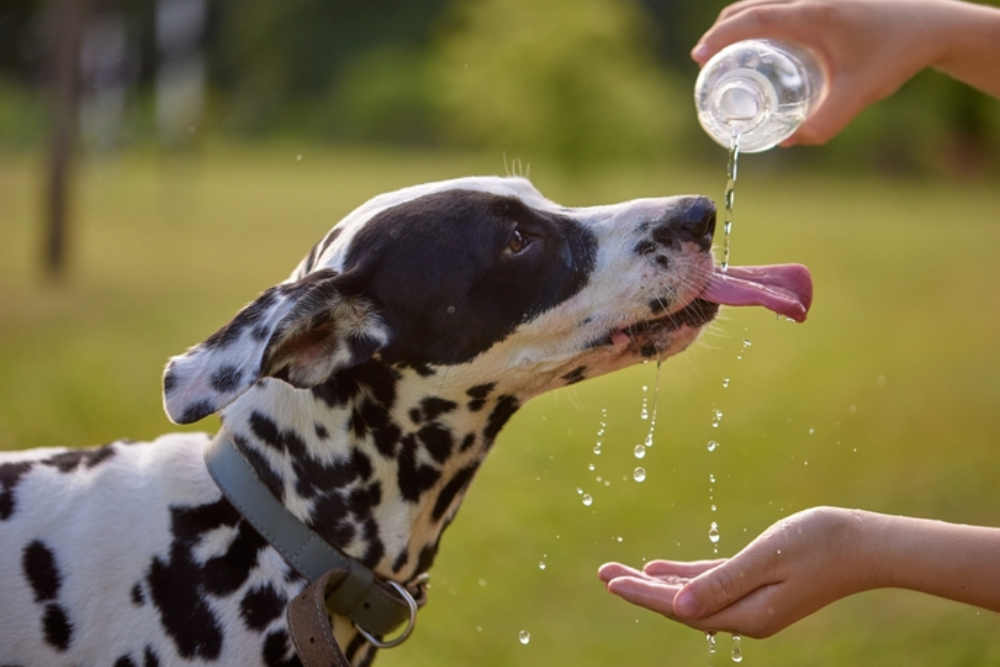
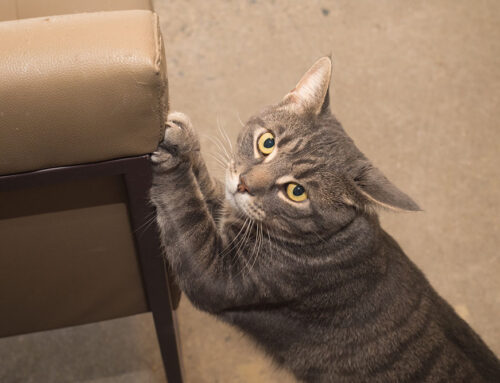

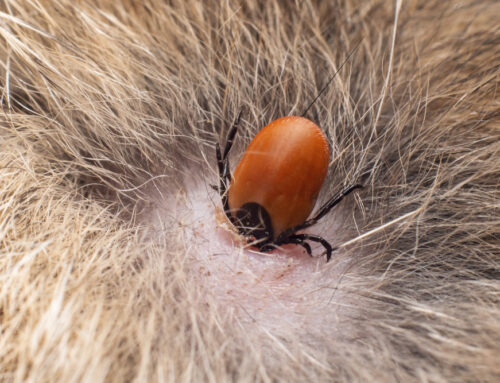
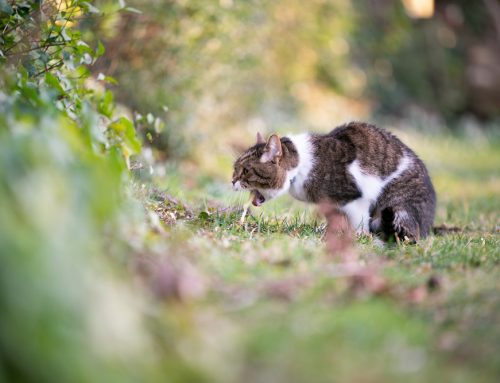

Leave A Comment